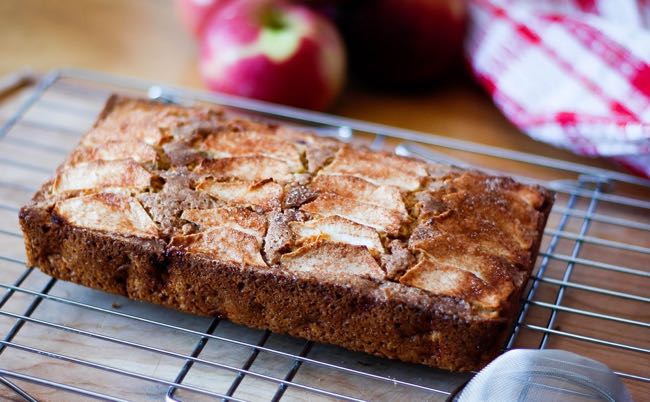SUNSET SUNDAY, SEPTEMBER 9 to SUNSET TUESDAY, SEPTEMBER 11: Bring out the apples and honey and wish your neighbor a happy New Year—L’shanah tovah 5779! It’s Rosh Hashanah, the Jewish New Year.
For two days, Jews around the world attend services, seek forgiveness and joyfully enter the annual High Holy Days. Sometimes called the Days of Awe, this period culminates in Yom Kippur, the solemn Day of Atonement starting at sunset on Tuesday, September 18 this year. One description of this period says, in essence, that G_d opens the books of judgment as the New Year begins; on Yom Kippur, the judgment for the year is “sealed.”
APPLES AND HONEY FOR A ‘SWEET’ YEAR
Honey and apples are the most famous holiday foods for Rosh Hashanah—often seen on holiday cards and other media as a reminder of the joy in welcoming a “sweet” New Year—but other foods, including dates and pomegranates, have ancient associations with the New Year and still are enjoyed in Jewish communities around the world.
Looking to pair your favorite apple variety with its ideal type of honey? Check out this article from epicurious.
For apple-and-honey recipes, try an apple and honey cake from Haaretz; or try one of the recipes that will “impress your Jewish grandma,” according to Buzzfeed.
THE HEAD OF THE YEAR & THE SHOFAR
Literally “head of the year,” Rosh Hashanah was never referred to by name in the Bible; rather, references in Leviticus were made to Yom Teruah, the day of the sounding of the shofar. There are many stories and lessons associated with the blowing of the shofar now, but the Bible does not clearly explain the symbol. In the synagogue, 100 notes are blown each day of the New Year festivities; some refer to this noise as a “call to repentance.”
A lesser-known Jewish tradition related to Rosh Hashanah is Tashlikh, or “casting off.” After filling their pockets, devotees walk to flowing water and empty their pockets, thereby symbolically “casting off” the sins of the old year.
Hoping to better understand the meaning behind five of the most popular Rosh Hashanah traditions? Learn more from this article, courtesy TIME.
Attention: Rabbis (and any Jew looking to reflect): In a day and age when examples of atonement from public or well-known figures can be hard to find, this piece from the Washington Post provides inspiration and ideas, as well as specific examples.
https://www.rd.com/culture/rosh-hashanah-traditions/
